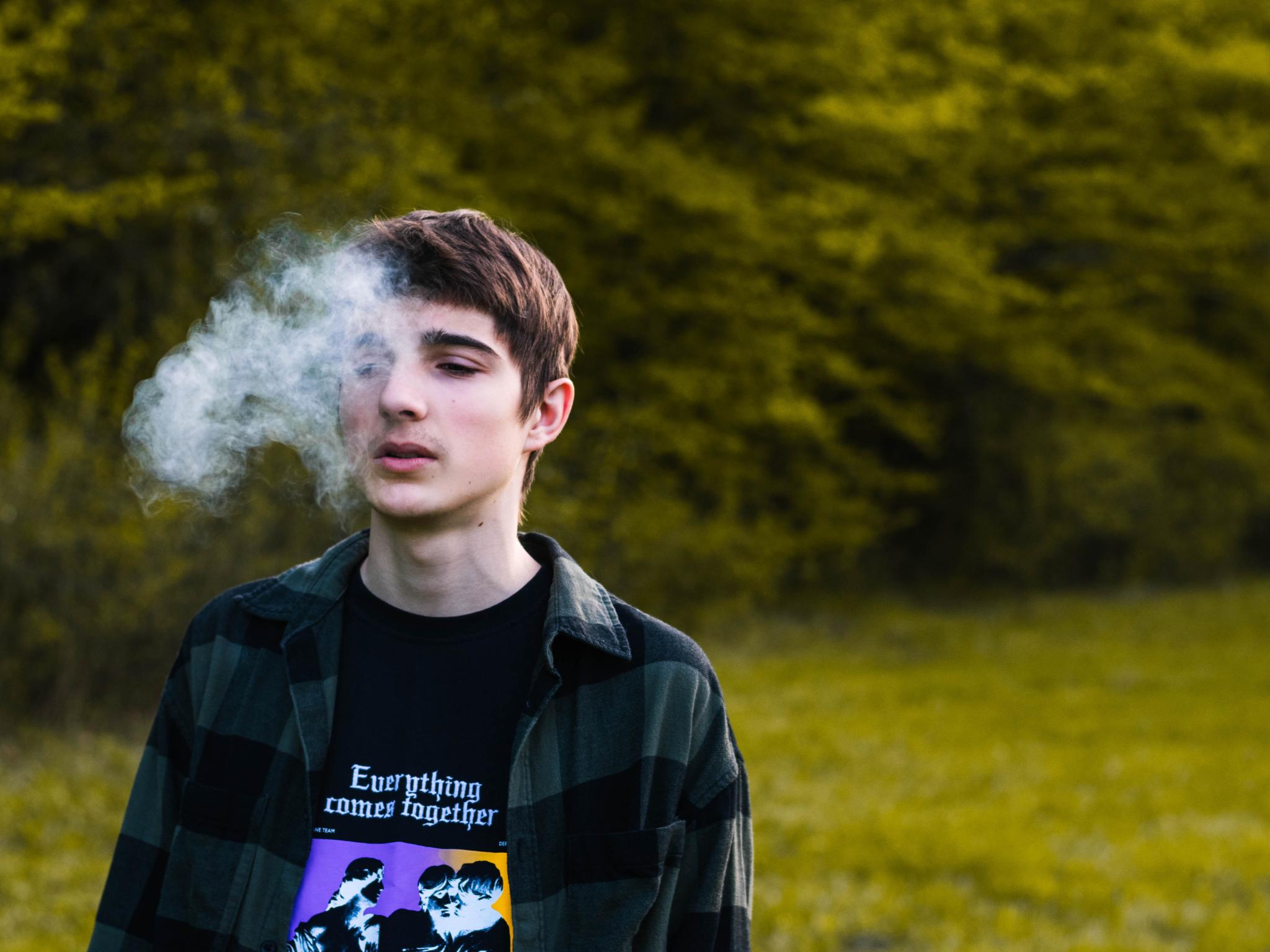
Cannabis vaping is increasing as the most popular method of cannabis delivery among all adolescents in the U.S., as is the frequency of vaping, according to research done at Columbia University Mailman School of Public Health.
The study found that the frequency of vaping cannabis among adolescents from all demographic groups is reported at six or more times per month, and rising faster than occasional use. Those who vape and smoke nicotine are more than 40 times more likely to also vape and smoke cannabis, according to the study, published in the journal Addiction.
Relatively Unstudied Until Now
Trends in vaping use have largely been unexamined including frequency, emerging disparities and use with other substances - all critical information said Katherine Keyes, Ph.D., professor of epidemiology at Columbia Mailman School.
“Heavy and frequent use of cannabis is increasing among U.S. adolescents, and vaped systems for products for both cannabis and nicotine are growing in number so understanding the prevalence and patterns of frequent cannabis vaping is important public health information for prevention,” Dr. Keyes said.
“Given rising concerns about cannabis vaping in terms of safety and potential for transition to cannabis use disorder especially at frequent levels of use, these results indicate a necessity for public health intervention and increased regulation.”
The Study
The findings are based on the annual survey, Monitoring the Future, in which a population of 51,052 high schoolers were randomly selected and invited to participate for two years, per Columbia’s Public Health Now.
According to Keyes, tobacco use and e-cigarettes, as well as binge drinking, are strongly linked to frequent cannabis use - both vaping and non-vaping. The evidence indicates that young adults who use nicotine, especially through vaporizers, are more likely to later vape marijuana.
In fact, adolescents who reported smoking and vaping nicotine on more than 10 occasions of binge drinking, were 42 times and 10 times more likely to report past 30-day cannabis use with vaping, respectively, compared to no use.
“Given that it is easier for adolescents to conceal vaping than cannabis smoking, this mode of cannabis use may facilitate more frequent use,” Keyes said.
Prevalence increased across grades, with the largest burden among high school seniors for whom past-30-day prevalence almost tripled from 5 percent (2017) to 14 percent (2019). The one-year increase in this grade from 2018 to 2019 (7.5 percent to 14 percent) is the second-largest one-year increase in any type of substance use prevalence ever tracked by Monitoring the Future.
“This persisting prevalence of daily cannabis use, which in 2020 use was higher than any year since 1981, is of further alarm for several reasons, Keyes said. “Heavy levels of cannabis use are associated with adverse cognitive and social outcomes for youth, as well as long-term trajectories of drug use that may have adverse health and other consequences.”
Keyes added, “As cannabis legalization continues across U.S. states, and as products, delivery systems, potency and marketing proliferate within a for-profit industry, increased attention to youth trends, including investment in sustained and evidence-based prevention and intervention, is increasingly urgent.”
Photo by Sebastian Radu on Unsplash







